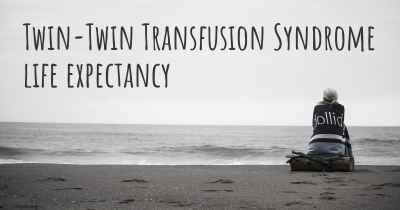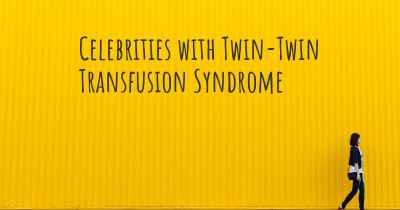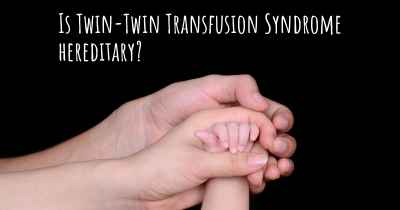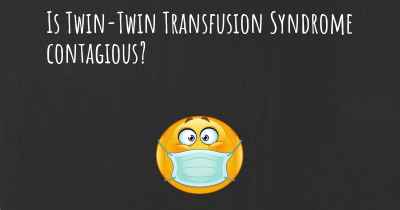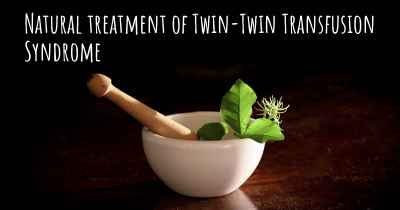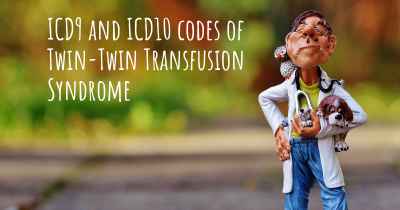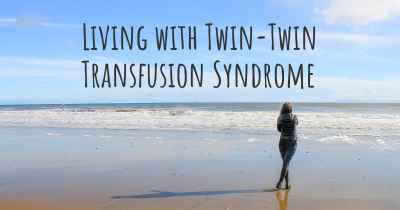What is the history of Twin-Twin Transfusion Syndrome?
When was Twin-Twin Transfusion Syndrome discovered? What is the story of this discovery? Was it coincidence or not?
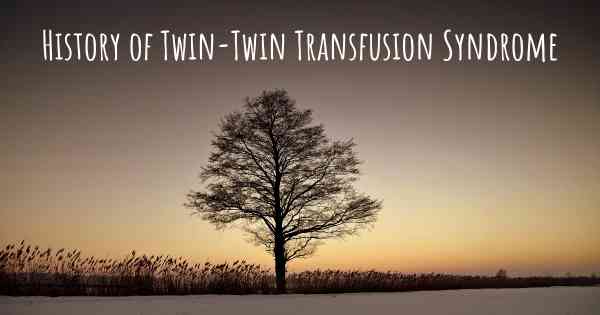
Twin-Twin Transfusion Syndrome (TTTS) is a rare condition that affects identical twins who share a placenta in the womb. It occurs when there is an imbalance in the blood flow between the twins through the shared placenta, leading to one twin receiving too much blood (the recipient) and the other twin not receiving enough blood (the donor). This condition can have serious consequences for both twins if left untreated.
The history of TTTS dates back to the early 20th century when the phenomenon of twin-to-twin transfusion was first observed. However, it wasn't until the 1980s that the term "Twin-Twin Transfusion Syndrome" was coined by Dr. Julian De Lia, an American physician who specialized in fetal surgery.
Before the 1980s, the understanding and treatment of TTTS were limited. The condition was often misdiagnosed or not recognized at all, leading to poor outcomes for affected twins. However, with advancements in ultrasound technology and increased awareness of the condition, the diagnosis and treatment of TTTS have significantly improved over the years.
The breakthrough in the understanding of TTTS came with the introduction of ultrasound imaging. Ultrasound allowed doctors to visualize the shared placenta and the blood vessels connecting the twins, enabling them to identify the signs of TTTS. This led to the development of diagnostic criteria for TTTS, which included specific ultrasound findings such as differences in amniotic fluid levels, size discordance between the twins, and abnormal blood flow patterns.
With the ability to diagnose TTTS more accurately, researchers and medical professionals began exploring treatment options to improve the outcomes for affected twins. One of the earliest treatment approaches was amnioreduction, a procedure in which excess amniotic fluid is drained from the recipient twin's sac to relieve the pressure on both twins. While this procedure provided temporary relief, it did not address the underlying cause of the condition.
In the 1990s, a groundbreaking treatment called selective laser photocoagulation of communicating vessels (SLPCV) was introduced. This minimally invasive procedure involved using a laser to seal off the abnormal blood vessels connecting the twins in the placenta. By doing so, the blood flow imbalance could be corrected, reducing the risks associated with TTTS. SLPCV revolutionized the treatment of TTTS and significantly improved the survival rates and long-term outcomes for affected twins.
Over the years, further refinements have been made to the SLPCV procedure, making it even more effective and safe. The introduction of fetoscopic guidance allowed for better visualization and precision during the laser ablation, minimizing the risks to the unaffected twin and the placenta.
Today, the management of TTTS involves a multidisciplinary approach. A team of specialists, including maternal-fetal medicine specialists, neonatologists, and pediatric surgeons, work together to diagnose and treat TTTS. Regular ultrasound monitoring is crucial to detect any signs of TTTS early on, allowing for timely intervention.
In addition to SLPCV, other treatment options have also emerged, such as serial amnioreduction, in which excess amniotic fluid is drained periodically, and fetoscopic laser coagulation of placental vessels, which involves targeting specific blood vessels in the placenta. The choice of treatment depends on the severity of TTTS and individual patient factors.
Research and ongoing clinical trials continue to explore new treatment modalities and improve outcomes for twins affected by TTTS. These include advancements in fetal imaging techniques, the use of medications to modulate blood flow, and the development of innovative surgical interventions. The ultimate goal is to further reduce the risks associated with TTTS and improve the long-term health of affected twins.
Posted Sep 27, 2017 by bgardiner 2050
